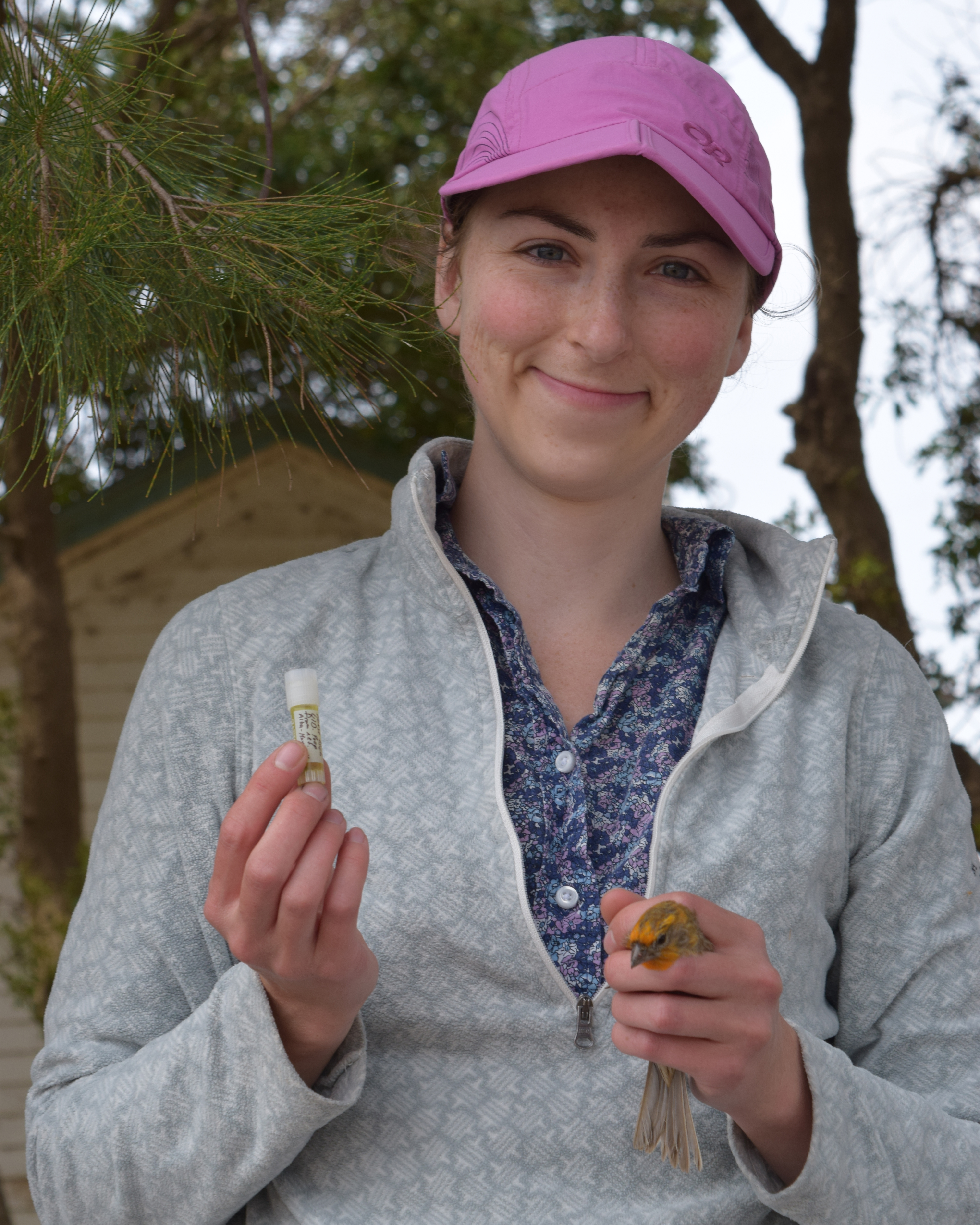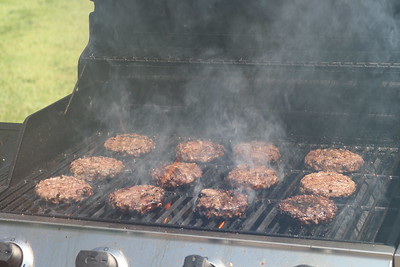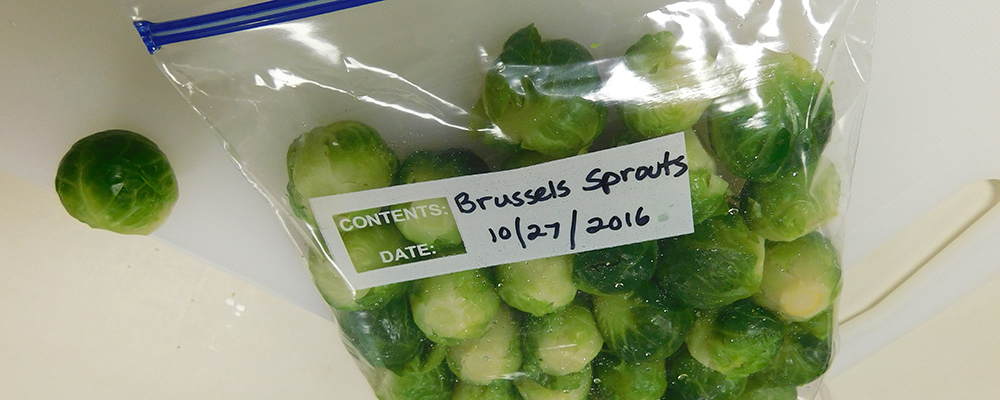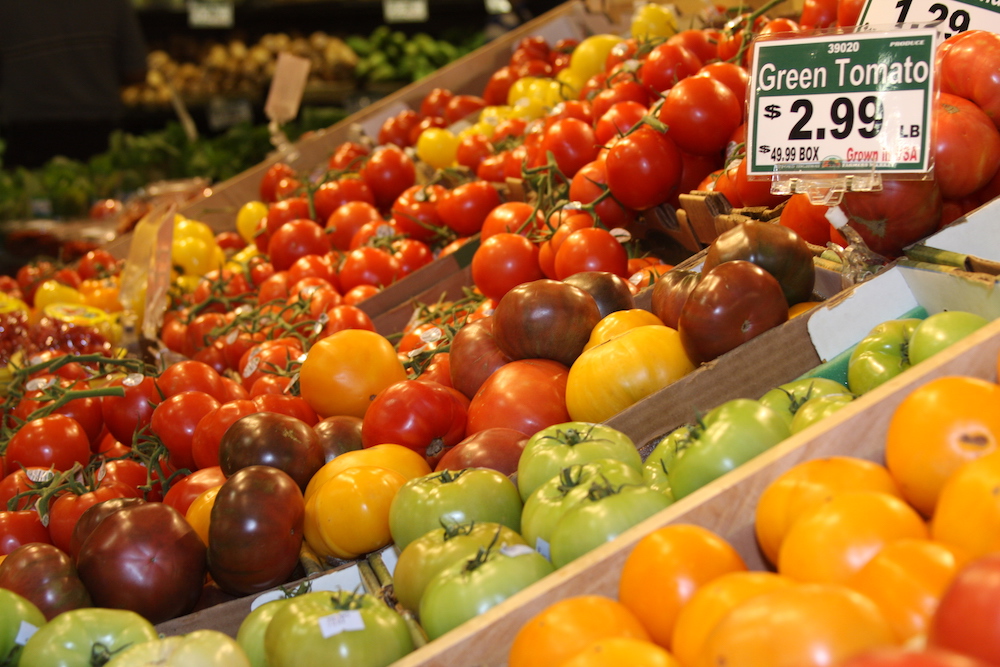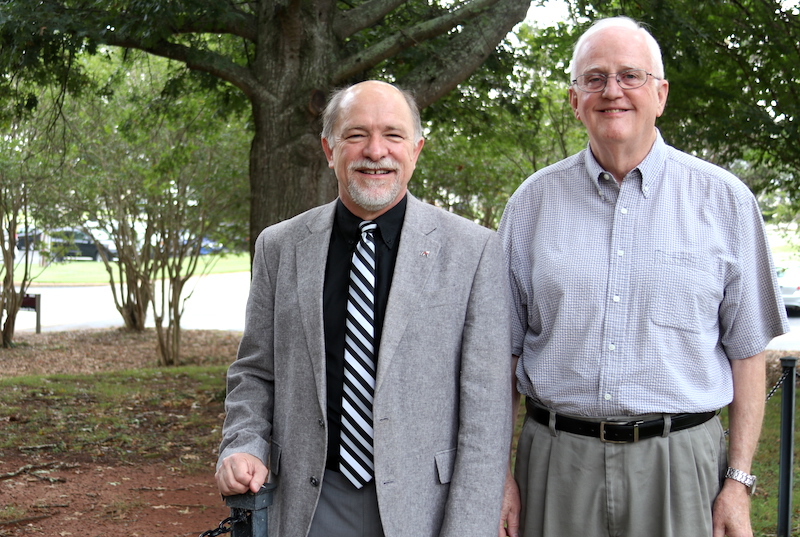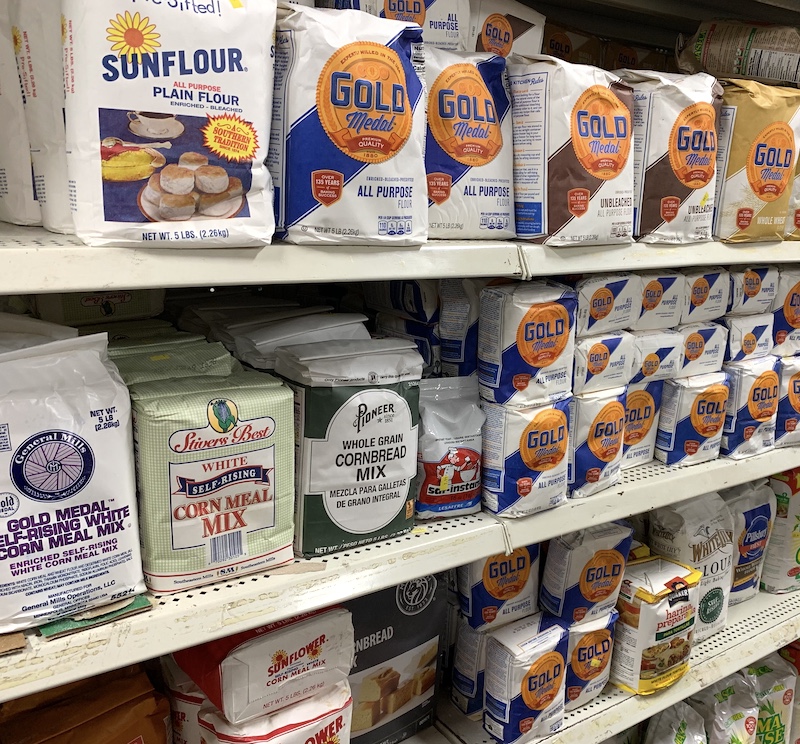 CAES News
CAES News
MCR Genes
Antibiotic resistance – one of the biggest threats to global health, according to the World Health Organization – occurs when germs learn how to defeat the drugs designed to kill them. The problem of resistance threatens the efficacy of antibiotics, making simple infections untreatable.

